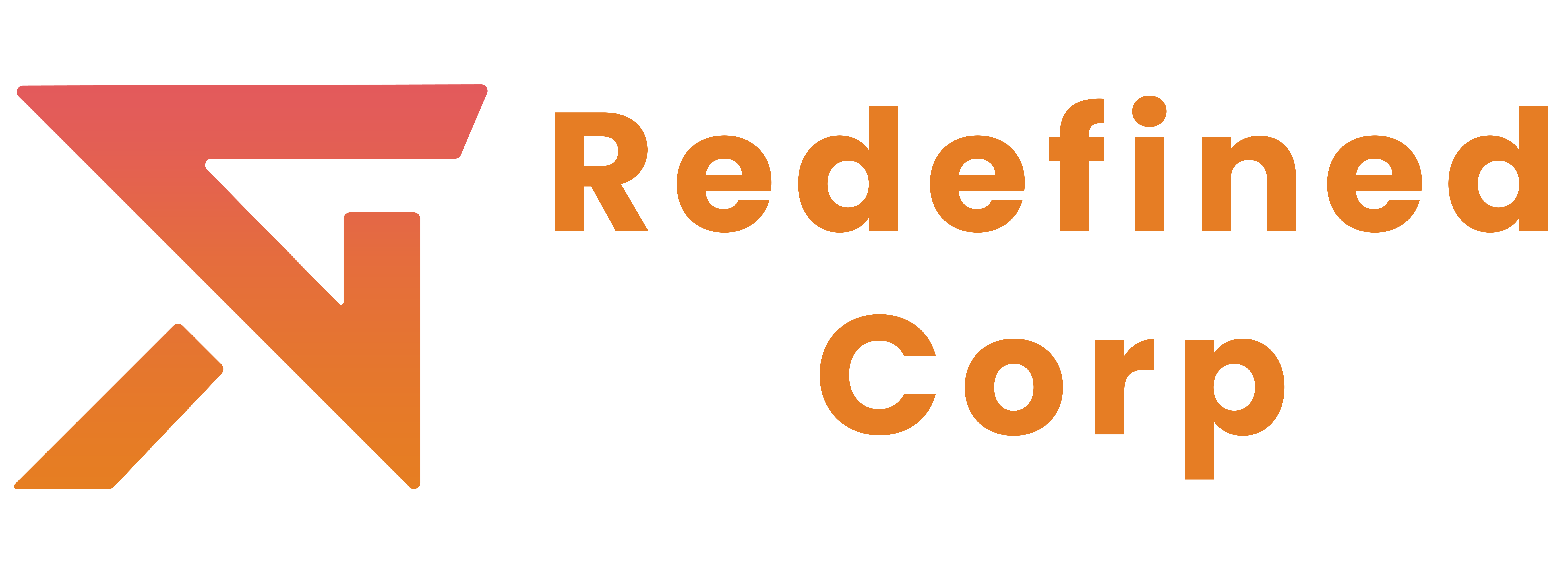Cloud Security and Compliance
Cloud security and compliance are critical aspects of cloud computing, focusing on protecting data, applications, and infrastructure hosted in cloud environments while ensuring adherence to regulatory requirements and industry standards.
Key Technologies and Practices:
Identity and Access Management (IAM):
IAM solutions like AWS IAM, Azure AD, and Google Cloud IAM manage user identities and access permissions. They enforce least privilege principles, ensuring that users only have access to the resources they need.
Encryption:
Encryption secures data at rest and in transit. Techniques like TLS/SSL encryption for network traffic and encryption of data stored in databases or object storage (using services like AWS KMS or Azure Key Vault) protect sensitive information.
Network Security:
Virtual private clouds (VPCs), network security groups (NSGs), and firewalls control inbound and outbound traffic, preventing unauthorized access to cloud resources. VPNs and Direct Connects ensure secure connections between on-premises and cloud environments.
Security Monitoring and Logging:
Cloud-native monitoring and logging services (e.g., AWS CloudWatch, Azure Monitor, Google Cloud Logging) provide visibility into system activities and security events. Security Information and Event Management (SIEM) tools aggregate and analyze logs for threat detection.
Compliance Management:
Compliance frameworks such as HIPAA, GDPR, PCI DSS, and SOC 2 define security and privacy standards. Cloud providers offer compliance certifications and services to help organizations meet these requirements.
Leading Healthcare Institution in California
Background:
A leading healthcare institution in California aimed to modernize its IT infrastructure while ensuring the security and privacy of patient data. With the increasing digitization of healthcare records and the adoption of telemedicine, the institution faced challenges in maintaining compliance with HIPAA regulations and protecting sensitive patient information.
Challenges:
Data Security:
Protecting electronic Protected Health Information (ePHI) stored in the cloud from unauthorized access and data breaches.
Compliance with HIPAA:
Ensuring that cloud infrastructure and services comply with the Health Insurance Portability and Accountability Act (HIPAA) regulations.
Secure Access Control:
Implementing robust identity and access management controls to prevent unauthorized access to patient data.
Data Encryption:
Encrypting patient data both at rest and in transit to maintain confidentiality and integrity.
Monitoring and Auditing:
Establishing mechanisms for continuous monitoring, logging, and auditing of cloud environments to detect and respond to security incidents.
Solutions:
The healthcare institution adopted cloud security and compliance best practices using relevant technologies:
HIPAA-Compliant Cloud Platform (AWS):
The institution chose AWS as its cloud provider due to its HIPAA compliance capabilities and robust security features.
Identity and Access Management (AWS IAM):
IAM policies were configured to grant least privilege access to users and applications. Multi-factor authentication (MFA) was enforced for accessing sensitive systems.
Data Encryption (AWS KMS):
Amazon Key Management Service (KMS) was used to manage encryption keys for encrypting patient data stored in Amazon S3 and Amazon RDS databases. TLS encryption was implemented for data in transit.
Network Security (VPC, Security Groups):
Virtual private clouds (VPCs) were configured to isolate healthcare applications and databases. Security groups and network ACLs controlled traffic flow and restricted access to authorized IP ranges.
Logging and Monitoring (AWS CloudWatch, AWS CloudTrail):
CloudWatch monitored system performance and triggered alerts for unusual activities. CloudTrail logged API calls for auditing and compliance purposes.
Outcomes:
Enhanced Data Security:
By implementing encryption and access controls, the healthcare institution protected patient data from unauthorized access and data breaches.
HIPAA Compliance:
The cloud infrastructure and services were designed and configured to comply with HIPAA regulations, ensuring the security and privacy of ePHI.
Transparent Auditing and Monitoring:
Continuous monitoring and logging provided visibility into system activities, enabling prompt detection and response to security incidents.
Scalability and Cost Efficiency:
The cloud-native security solutions allowed the institution to scale its IT infrastructure cost-effectively while meeting regulatory requirements.
In conclusion, the healthcare institution's adoption of cloud security and compliance technologies facilitated the modernization of its IT infrastructure while safeguarding patient data and ensuring compliance with HIPAA regulations.


